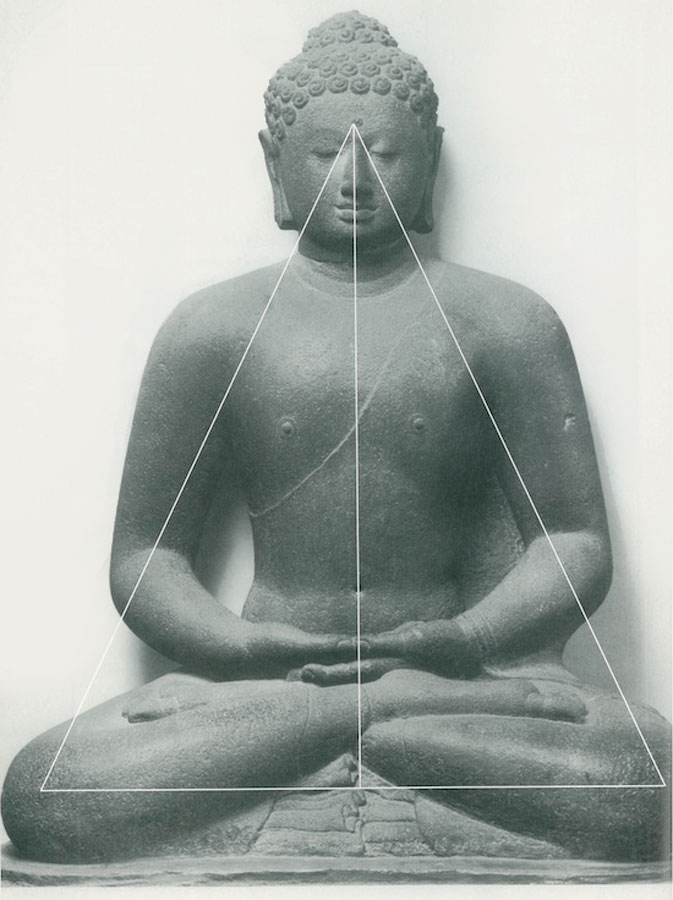Mind and body are interdependent. Because the state of one affects the state of the other, a correct sitting posture is emphasized for meditation. The seven-point posture, used by experienced meditators for centuries, is recommended as the best way to help gain a calm, clear state of mind.
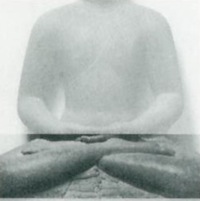
1. Legs
If possible, sit with your legs crossed in the vajra, or full-lotus, position where each foot is placed, sole upward, on the thigh of the opposite leg. This position is difficult to maintain but by practicing each day you will find that your body slowly adapts and you are able to sit this way for increasingly longer periods. The vajra posture gives the best support to the body, but is not essential. An alternative position is the half-lotus where the left foot is on the floor under the right leg and right foot on top of the left thigh. You can also sit in a simple cross-legged posture with both feet on the floor. A firm cushion under the buttocks will enable you to keep your back straight and sit longer without getting pins-and-needles in your legs and feet. If you are unable to sit on the floor in any of these positions, you can meditate in a chair or on a low, slanted bench. The important thing is to be comfortable.
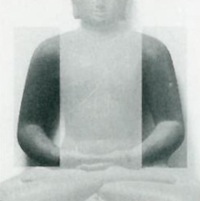
2. Arms
Hold your hands loosely on your lap, about two inches below the navel, right hand on top of the left, palms upward, with the fingers aligned. The two hands should be slightly cupped so that the tips of the thumbs meet to form a triangle. Shoulders and arms should be relaxed. Your arms should not be pressed against your body but held a few inches away to allow circulation of air: this helps to prevent sleepiness.
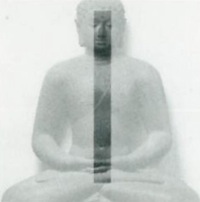
3. Back
Your back is most important. It should be straight, held relaxed and lightly upright, as if the vertebrae were a pile of coins. It might be difficult in the beginning, but in time it will become natural and you will notice the benefits: your energy will flow more freely, you won’t feel sluggish, and you will be able to sit comfortably in meditation for increasingly longer periods.
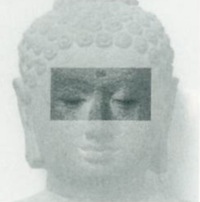
4. Eyes
New meditators often find it easier to concentrate with their eyes fully closed. This is quite acceptable. However, it is recommended that you leave your eyes slightly open to admit a little light, and direct your gaze downwards. Closing your eyes may be an invitation to sluggishness, sleep or dream-like images, all of which hinder meditation.
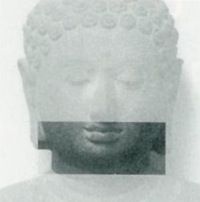
5. Jaw
Your jaw should be relaxed and teeth slightly apart, not clenched. Your mouth should also be relaxed, with the lips together lightly.
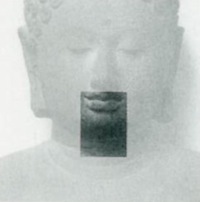
6. Tongue
The tip of your tongue should touch the palate just behind the upper teeth. This reduces the flow of saliva and thus the need to swallow, both of which are hindrances as your concentration increases and you sit in meditation for longer periods.
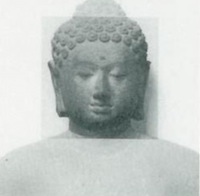
7. Head
Your neck should be bent forward a little so that your gaze is directed naturally towards the floor in front of you. If your head is held too high you may have problems with mental wandering and agitation, and if dropped too low you could experience mental heaviness or sleepiness.
This seven-point posture is most conducive to clear, unobstructed contemplation. You might find it difficult in the beginning, but it is a good idea to go through each point at the start of your session and try to maintain the correct posture for a few minutes. With familiarity it will feel more natural and you will begin to notice its benefits.
The practice of hatha yoga or other physical disciplines can be a great help in loosening tight muscles and joints, thus enabling you to sit more comfortably. However, if you are unable to adapt to sitting cross-legged you can make a compromise between perfect posture and a relaxed state. In other words, keep your body and mind happy, comfortable and free of tension.
♦
Excerpted from How to Meditate: A Practical Guide by Kathleen McDonald, reprinted with permission from Wisdom Publications.
All images courtesy of Museum Nasional, Jakarta.
Thank you for subscribing to Tricycle! As a nonprofit, we depend on readers like you to keep Buddhist teachings and practices widely available.
